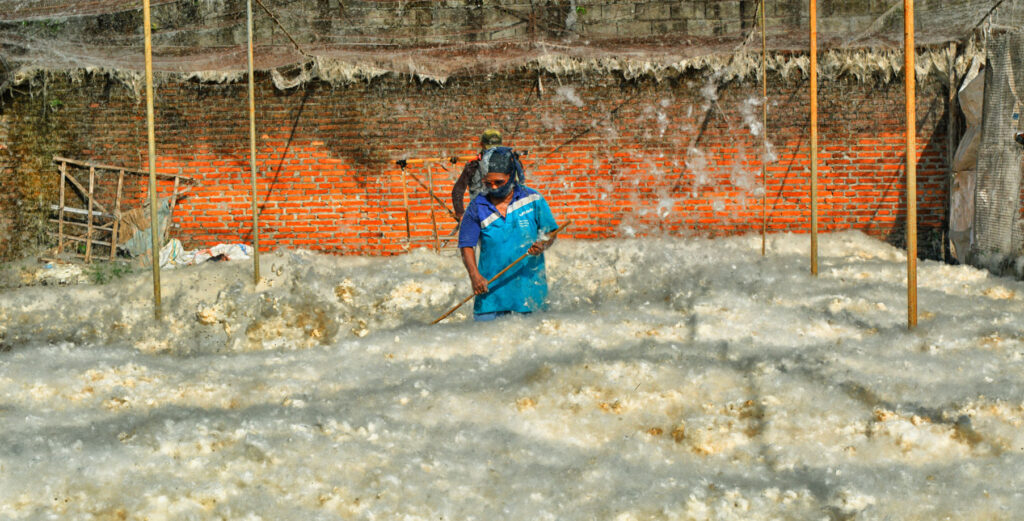Kapok Fiber: An Economic Engine for Sustainable Development
In an era where environmental sustainability and economic growth are increasingly intertwined, kapok fiber is emerging as a powerful player in the global market. Derived from the kapok tree (Ceiba pentandra), this natural fiber is not only eco-friendly but also presents significant economic opportunities for communities and nations alike.
The Economic Landscape of Kapok Fiber
- Creating Job Opportunities: The cultivation and harvesting of kapok trees can provide employment for local communities, particularly in rural areas of tropical regions. By involving local populations in sustainable practices, kapok fiber production fosters economic stability and job creation.
- Diverse Product Range: Kapok fiber is incredibly versatile, finding applications in various industries such as textiles, home furnishings, and packaging. From pillows and mattresses to eco-friendly insulation and biodegradable packaging, the potential for value-added products is immense, allowing businesses to tap into multiple markets.
- Market Demand for Sustainability: As consumers increasingly seek sustainable options, the demand for natural fibers like kapok is rising. This trend opens up significant export opportunities for countries that produce kapok, providing a competitive edge in international markets focused on eco-conscious products.
- Agroforestry Benefits: Incorporating kapok trees into agroforestry systems can enhance land productivity while providing additional income for farmers. This dual approach not only diversifies income streams but also promotes biodiversity and soil health, contributing to long-term economic resilience.

Addressing Economic Challenges
While the economic potential of kapok fiber is promising, several challenges need to be addressed:
- Awareness and Education: Many consumers and businesses remain unaware of kapok fiber’s benefits and applications. Raising awareness through marketing and educational campaigns can help drive demand and increase market penetration.
- Supply Chain Development: A reliable supply chain is essential for the growth of the kapok fiber industry. Investment in infrastructure and logistics can facilitate the efficient transport of kapok from rural producers to urban markets, ensuring consistent quality and availability.
- Sustainable Harvesting Practices: To maintain the economic viability of kapok fiber, it is crucial to implement sustainable harvesting techniques. Training programs for local farmers can ensure that they are equipped to manage kapok sustainably, preserving both the environment and their livelihoods.
The Path Forward
The future of kapok fiber as an economic asset looks bright. With increasing consumer awareness and a growing preference for sustainable products, the kapok fiber industry has the potential to thrive. Governments, NGOs, and private sectors can collaborate to support research, development, and market access for kapok-based products.
In summary, kapok fiber offers a unique intersection of sustainability and economic opportunity. By harnessing its potential, communities can create jobs, support local economies, and contribute to a more sustainable future. As the world moves towards greener alternatives, the role of kapok fiber in economic development is set to expand, transforming the landscape of natural fibers and their impact on global markets.

